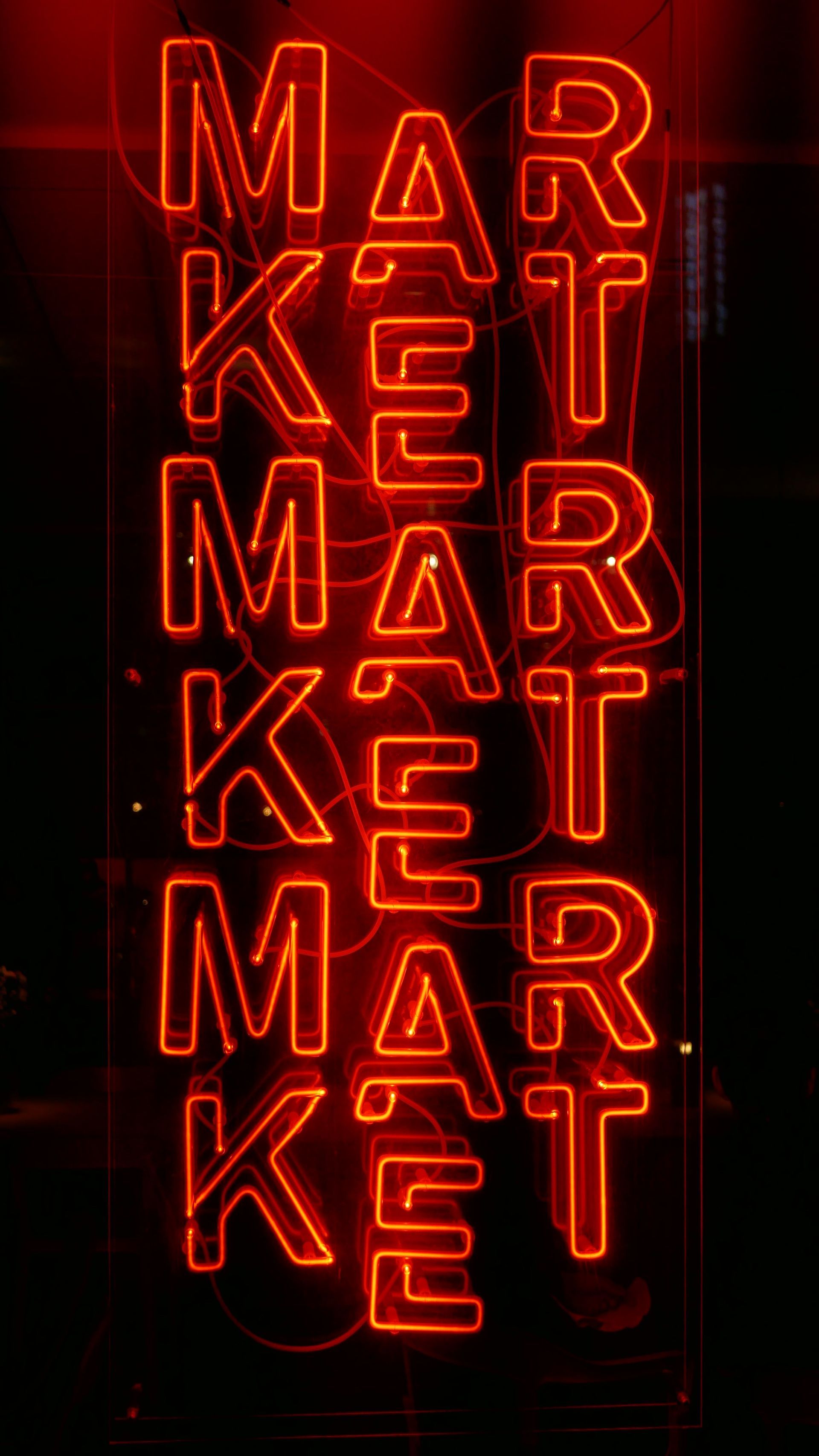Branding Is Small Business
If you think of the car company or someone says the word of a brand to you, the chances are you are thinking about a red sports car or their respective logo.
The images appear instantaneously in your head because branding works on both the subconscious and conscious level. If I say 'baked beans', are you now thinking about a tin of baked beans with the Heinz logo on it? I thought so. With this in mind, if someone were to mention a product or service you provide, wouldn't it be quite wonderful if they thought of your business?
Though branding is synonymous with big brands such as Apple, it still has a part to play at the start-up level and this can be done at relatively low cost. It also will not take up much time and you won't have to invent waffle. In fact the branding element of a start-up business is very simple. Let's look at a brief history of branding.
A Super-fast History Of Branding
Though branding began when farmers started branding their cows to show ownership, branding as we know it today originated during the industrial revolution of the 19th century. Products and goods that were produced locally started to be produced en masse in factories. People in small villages and towns distrusted these factory-produced products, so the manufacturers had to come up with a way of promoting familiarity with people who had never heard of their products. They began to label their goods with an insignia or logo to promote trust. Campbell's Soup and Quaker Oats were among the first to do this. Ever heard of them?
In the 1900s a man called James Walter Thompson began exploring trademark advertising. This man was the first to brand products as we know it, and soon businesses were using slogans, jingles and mascots to sell their goods to the public.
Your Start-up Business And Branding
It is easy to get carried away with branding concepts such as global branding, brand loyalty, or concept branding. These concepts are quite specific and will in all probability be no use to you, or won't come into play until you have been established for sometime.
So for the time being, let's concentrate on what you can influence now. There are three elements to branding which are important at the start - up level and the good news is they are relatively cheap to implement. Developing brand values, a logo, and a strap line (sometimes called the tagline) will start the ball rolling in terms of branding.
Brand Values And Personality
Leading marketers concentrate on giving brands a personality and a set of values to live up to. This is because branding, as we have seen before, works on the subconscious level and makes an emotional connection with potential customers and clients. And this is why logos, adverts, jingles, and mascots stay with us whenever the brand or the brand's strapline is mentioned. So for your business, try to work out a set of values and identify its personality. Sounds a bit challenging? Let's look at an example.
Innocent Drinks is the largest manufacturer of smoothie drinks in the UK. Here are their brand values:
- Innocent uses green electricity at its headquarters, Fruit Towers
- Innocent sources fruit from suppliers that look after their workers and the environment
- All of Innocent's bananas come from Rainforest Alliance accredited farms
- Innocent donates 10% of all its profits each year to the Innocent Foundation, which funds NGOs in the countries from which it sources its fruit
Now, as you can see, they have very clear values that have guided the image of the company or, if you prefer, their brand. They appeal to people who are concerned about environmental issues and, because of the fresh fruit element, their health and wellbeing. As you can imagine, parents make up a large part of their customer base. Their values are also a statement of how they are going to run and conduct business, as well as telling their customer base what is important to them.
Though people who do not care much for environmental issues aren't really going to be influenced by the source of the fruit, people that are concerned about the environment will be, and when the latter group of people buy a smoothie, the Innocent Drink product will win every time.
Your Business
To work out your brand values and personality, let's look at how you want your customers or clients to feel after you have delivered. Write down the words that spring to mind; do not rush this process and add words as you think of them. Here are some examples:
- Satisfied
- Happy
- Secure
- Pleasure
- Engaged
- Informed
- Pleased
Now write down some words based around how you don't want them to feel after buying a product or service from your business. Examples may include:
- Unhappy
- Dissatisfied
- Annoyed
- Uncomfortable
- Angry
- Hateful
- Irritated
- Wasteful
- Neglected
- Rejected
Taking the good and the bad into account, write down how you are going to adhere to the first list and not the second. For example, if your business sells products online, your list may look like this:
- Good, easy-to-use website
- Delivered within two business days
- Securely packaged
- Money-back guarantee
- Posted on the same day if order taken before 4pm
- Easily contactable - good customer service
What you have created is your brand values. It is hard to imagine a person feeling anything negative towards your business if you work towards them.
Brand Personality
As I mentioned earlier, branding works by making an emotional connection with your customer and client base. To do this you have to give your brand a 'personality', or human characteristics people can relate to. To work out a personality, is important to work out what kinds of people will be looking for what your business provides.
Look at the chart below and take a few minutes and place an X where you think your business fits in. If your business builds robots, for example, then your X will be more on the left for Modern/Technology, but if you sell toys online it is going to be nearer Classic/Traditional.
Friendly Corporate
Fast-moving Strategic
Modern/Technology Classic/Traditional
Cutting-Edge Established
Fun Serious
For Everyone Specific Audience
If you find your Xs are more on the left-hand side, we can see your brand personality is about doing things on the fly, which everyone loves. Your brand also wants to make a personal connection with its customer and client base, and due to the technological nature of the business, it is probably explaining new concepts to a wide audience.
If the Xs are nearer the right-hand side, your brand personality is one of consummate professionalism and targets a specific audience. The chances are your products and services are very unique and will have a professional face.
Once you have decided where your business fits in on the chart, not only have you established your brand personality, but you have also established your target audience, and this will dictate future marketing campaigns, together with the next two important elements of branding: the logo and the strapline.
I'm going to share tips and resources for getting your logo and strapline created in Part 2 "Every Start-Up Business Needs A Brand Logo".



